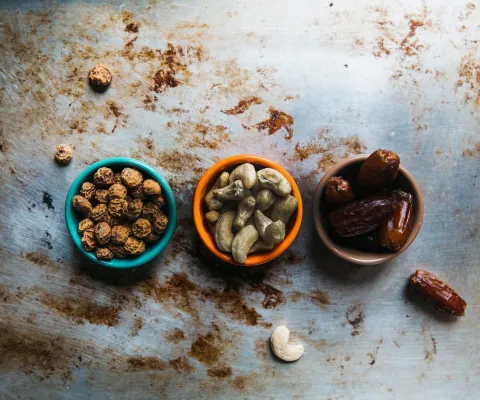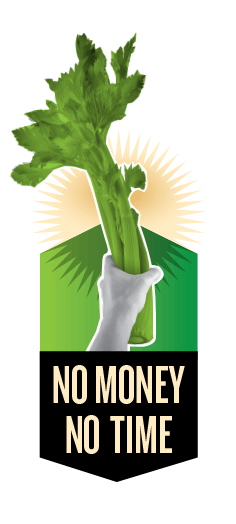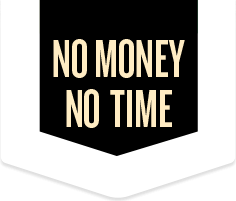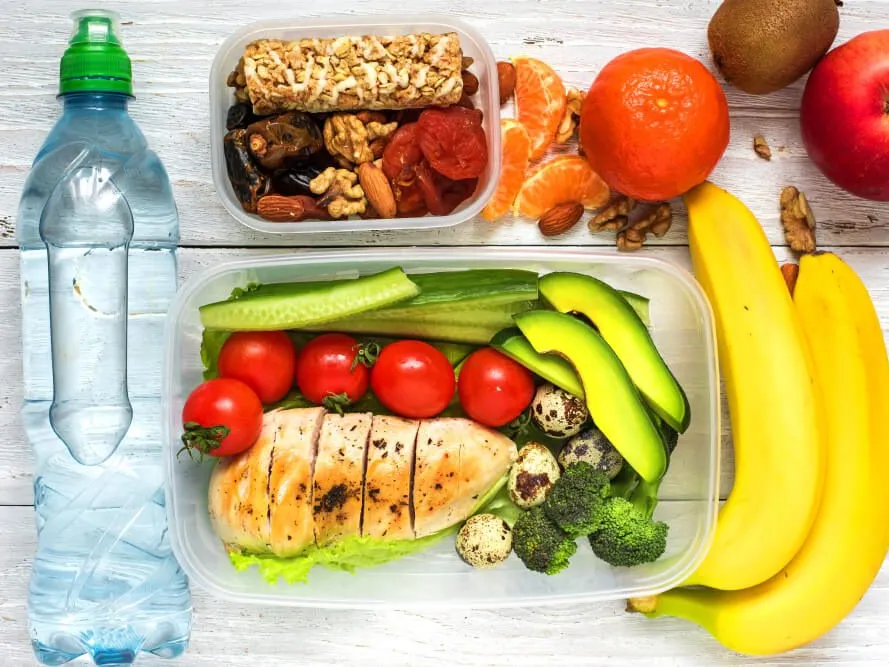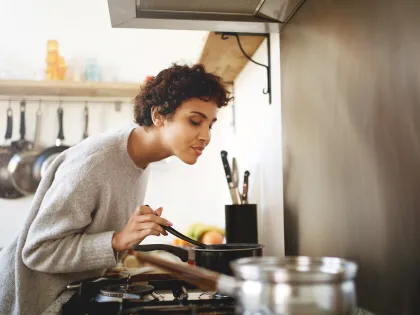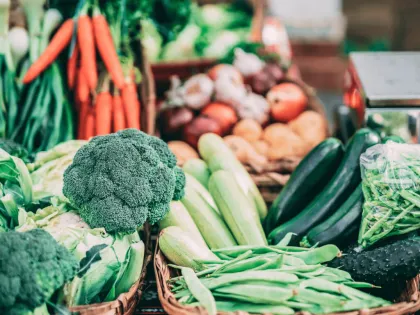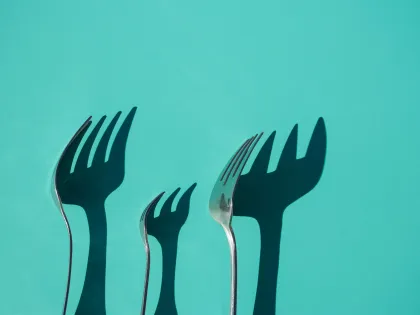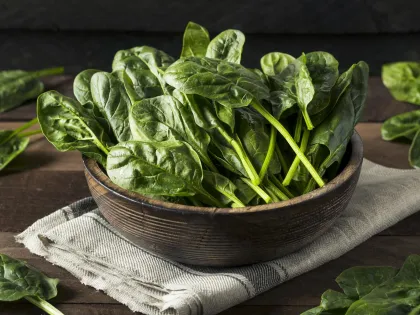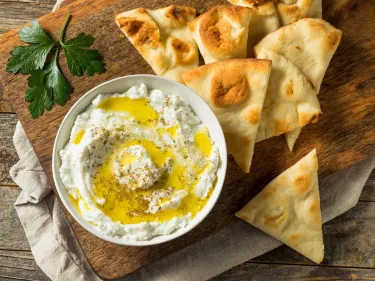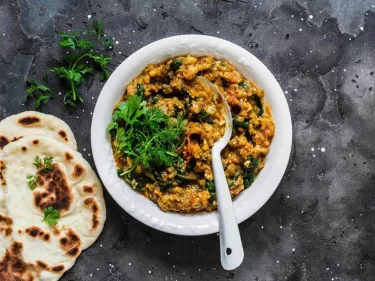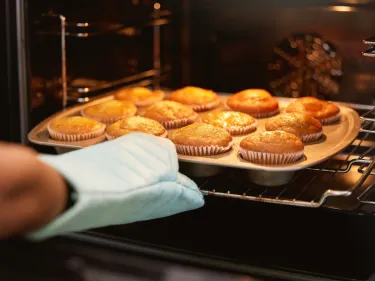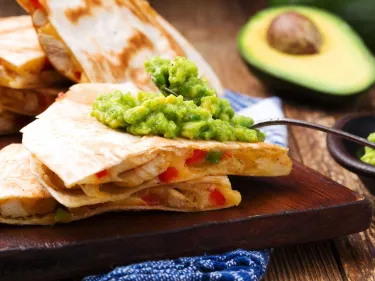Download our Meal Planning template here

Australians spend on $880 on average on takeaway foods each year with an average spend of $13.60 per transaction. If you no longer live in the family home then planning meals ahead and taking your own food when you head out can help to keep food costs down. Takeaway food is convenient but many takeaway food options are high in saturated fat, added sugar and salt. These foods increase the risk of chronic diet-related conditions like heart disease and type 2 diabetes. On the other hand, people who plan some or all of their meals in advance are likely to eat a greater variety of foods and have dietary patterns that are of higher nutritional quality. Therefore by planning ahead you can save money, and support your health when heading out for a day of study, work and play, or when you are likely to be away from home for a long time. We’ve put together some of our recommendations for how to stay well fed away from home, without breaking the budget:
Have the right tools for the job
Save yourself from an upset tummy, and reduce waste by investing in a few gadgets to keep foods at the right temperature throughout the day. Start with buying a reusable cooler bag, food safe storage containers and some freezer bricks. If you want to keep foods warm, consider buying a thermos. You can follow our tips here on how to keep foods hot on the go.
Some foods, including pre-made meals, salads, yoghurts, meats and eggs, need to be stored in cold storage to avoid the bacteria in food reaching levels that can cause food poisoning. If your destination has a fridge, then use it. If not, an ice brick and your cooler bag will do a good job. Many places of study, workplaces and even shopping centres have microwaves. If you are planning to heat up your food, heat them until piping hot, with steam rising and give them a stir halfway through. Don’t forget your cutlery!
Take a look at what your days will look like
Make some time to look at your days as a whole. Are you leaving before breakfast and back at night, or will you only be out at lunch time? By looking at how long you are going to be away from home , and the activities you will be doing, you will have a better understanding of the meals and snacks that you might need to take with you. Also consider what types of foods would work best for where you will be.
Be realistic, don’t sabotage your best laid plans by telling yourself you won’t be hungry or that you’ll just wait until you get home.
Now plan your week
With some idea about what meals you might need to plan for, whether you are planning to take hot or cold foods and how many snacks you will need, plan out your meals for a few days, or the week if you can. Using our meal planning templates, and taking inspiration from our Healthy Easy Recipes, write out what meals you will eat, and include a plan for snacks.
Look for opportunities to save time and reduce waste by finding recipes that make a number of serves, or double a recipe so that you can eat it for a few meals throughout the week.
Plan a time to do your shopping, and prepare ingredients or meals in advance, preparing your containers the night before, so that they are ready to go when you leave the house.
